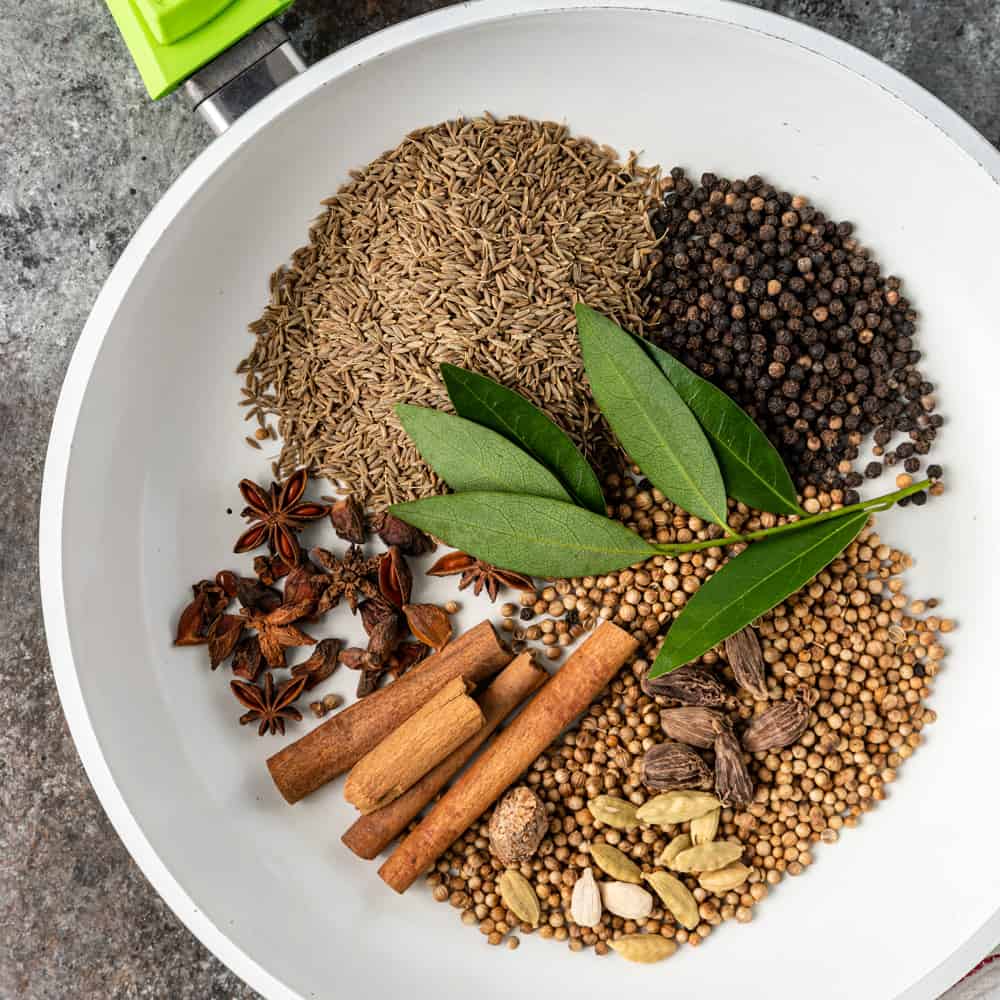Spices have been an integral part of human culinary history for thousands of years. They not only add flavor and aroma to our dishes but also carry a rich history and cultural significance. In this article, we’ll delve into the fascinating history and origins of some of your favorite spices, taking you on a journey through time and across continents.
Pepper: The Spice that Sparked Global Trade Pepper, often referred to as the “King of Spices,” has a history that dates back over 4,000 years. Originating from the Malabar Coast of India, pepper was so highly prized in ancient times that it was used as currency. Traders from Europe, including the Romans, sought to establish direct trade routes to India for this coveted spice, leading to the Age of Exploration. The spice trade became one of the driving forces behind maritime exploration and the colonization of new lands.
Cinnamon: A Spice Fit for Kings Cinnamon, with its warm and sweet flavor, has a history intertwined with ancient civilizations. It was once more valuable than gold and was used in religious rituals and embalming processes in Egypt. Cinnamon’s origin can be traced to Sri Lanka and was traded along the famous Silk Road. The spice played a significant role in the spice wars of the Middle Ages, with Europeans eager to secure its source.
Cardamom: A Jewel of the East Cardamom, known for its fragrant and citrusy notes, has its roots in the lush forests of the Western Ghats in India. It was cherished by the ancient Egyptians, Greeks, and Romans, who used it as a fragrant perfume and in culinary preparations. Over time, cardamom found its way into Middle Eastern and Scandinavian cuisines, where it remains a staple spice in dishes like biryani and Scandinavian pastries.
Turmeric: The Golden Spice of India Turmeric, with its vibrant yellow color and earthy flavor, has been a cornerstone of Indian cuisine for centuries. Beyond its culinary uses, turmeric has a long history of medicinal and religious significance in India. It was used in traditional Ayurvedic medicine and played a role in Hindu rituals. Turmeric’s journey to the Western world came through trade routes, eventually leading to its popularity in curry dishes and as a natural remedy.
Cloves: A Spice of Intrigue and Intimacy Cloves, with their intense and spicy flavor, have an intriguing history. Native to the Maluku Islands in Indonesia, cloves were highly sought after by ancient traders and were a symbol of wealth and status. The spice trade routes of the 15th century were closely guarded secrets, with traders going to great lengths to keep the origins of cloves hidden. Today, cloves are a staple in both sweet and savory dishes around the world.
Conclusion: The history and origins of your favorite spices are not just tales of flavor but also stories of human exploration, trade, and culture. These spices have left an indelible mark on our culinary traditions, and their significance continues to evolve as they find new applications in modern cuisine and medicine. So, the next time you sprinkle pepper on your dish or savor the aroma of cinnamon in your dessert, remember that you are partaking in a tradition that spans millennia and continents.

